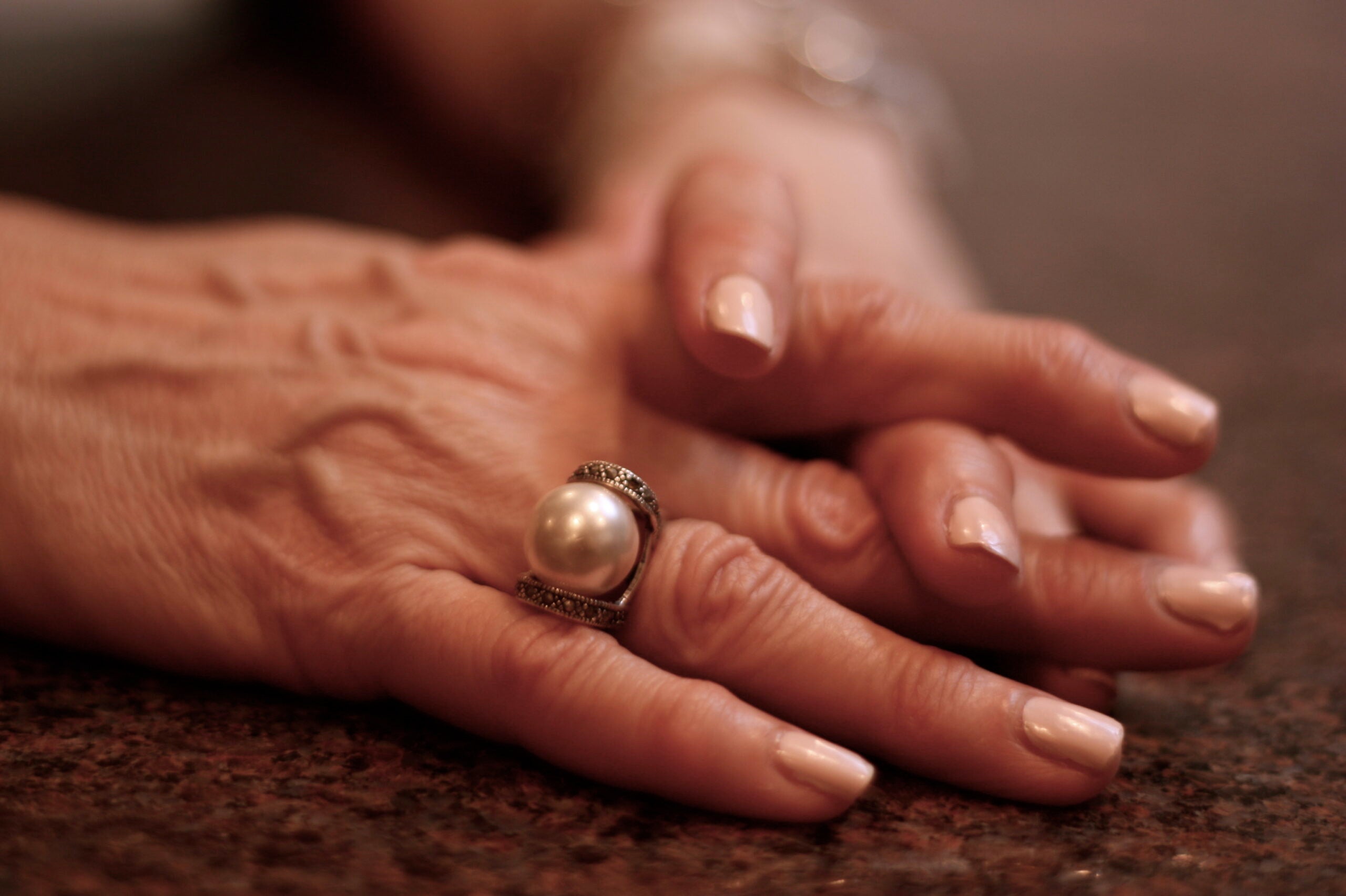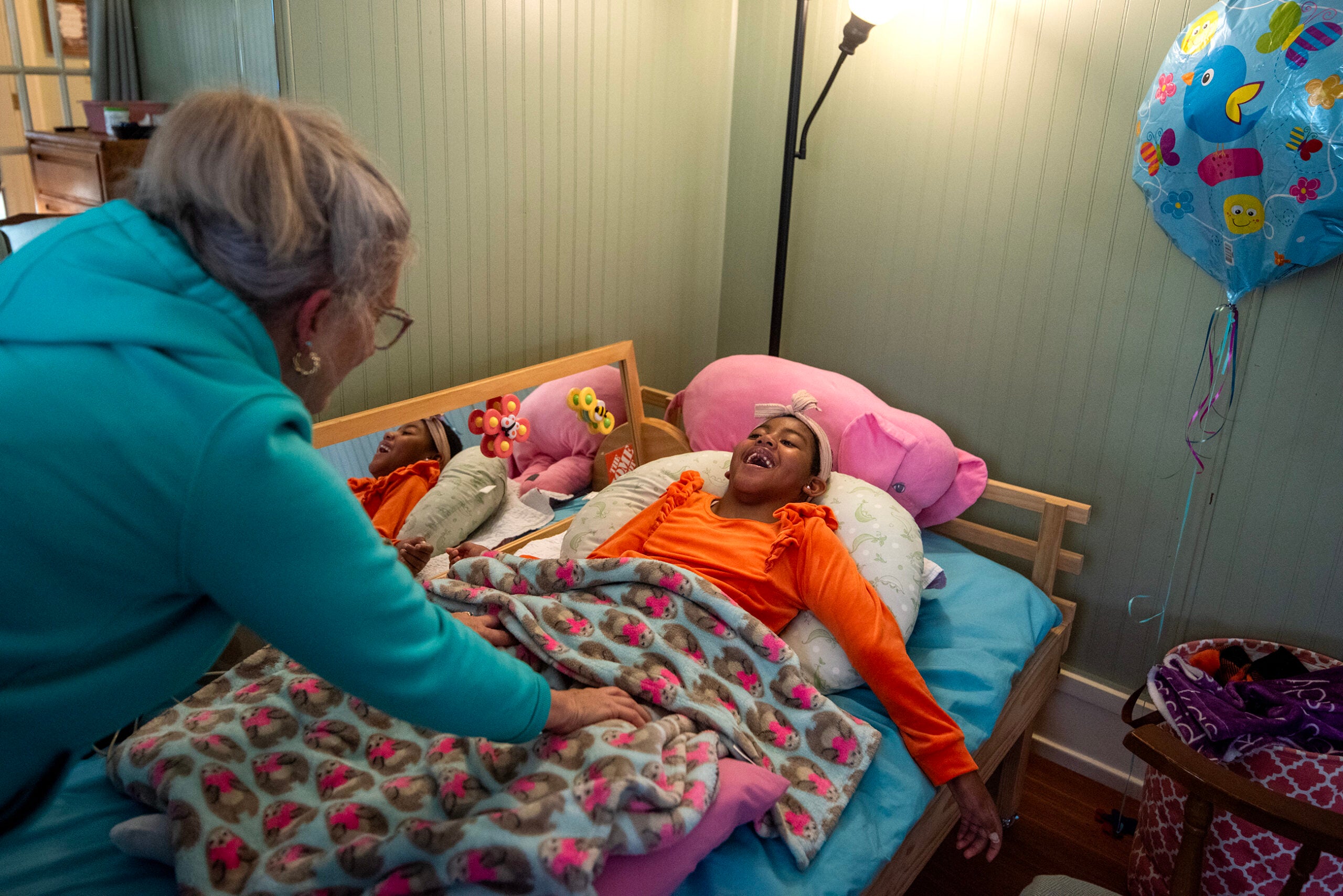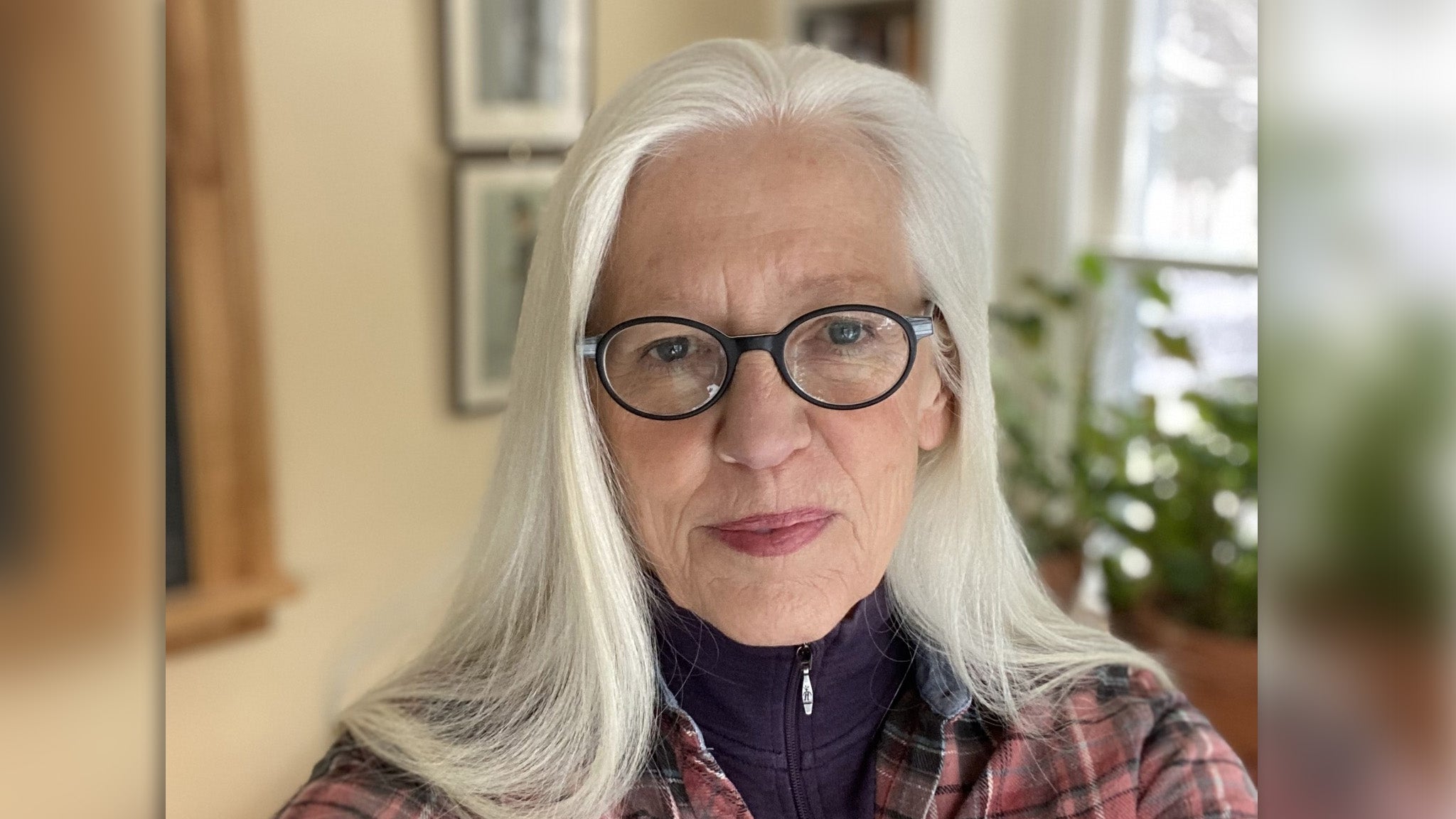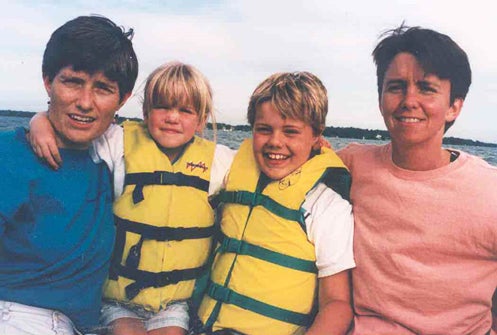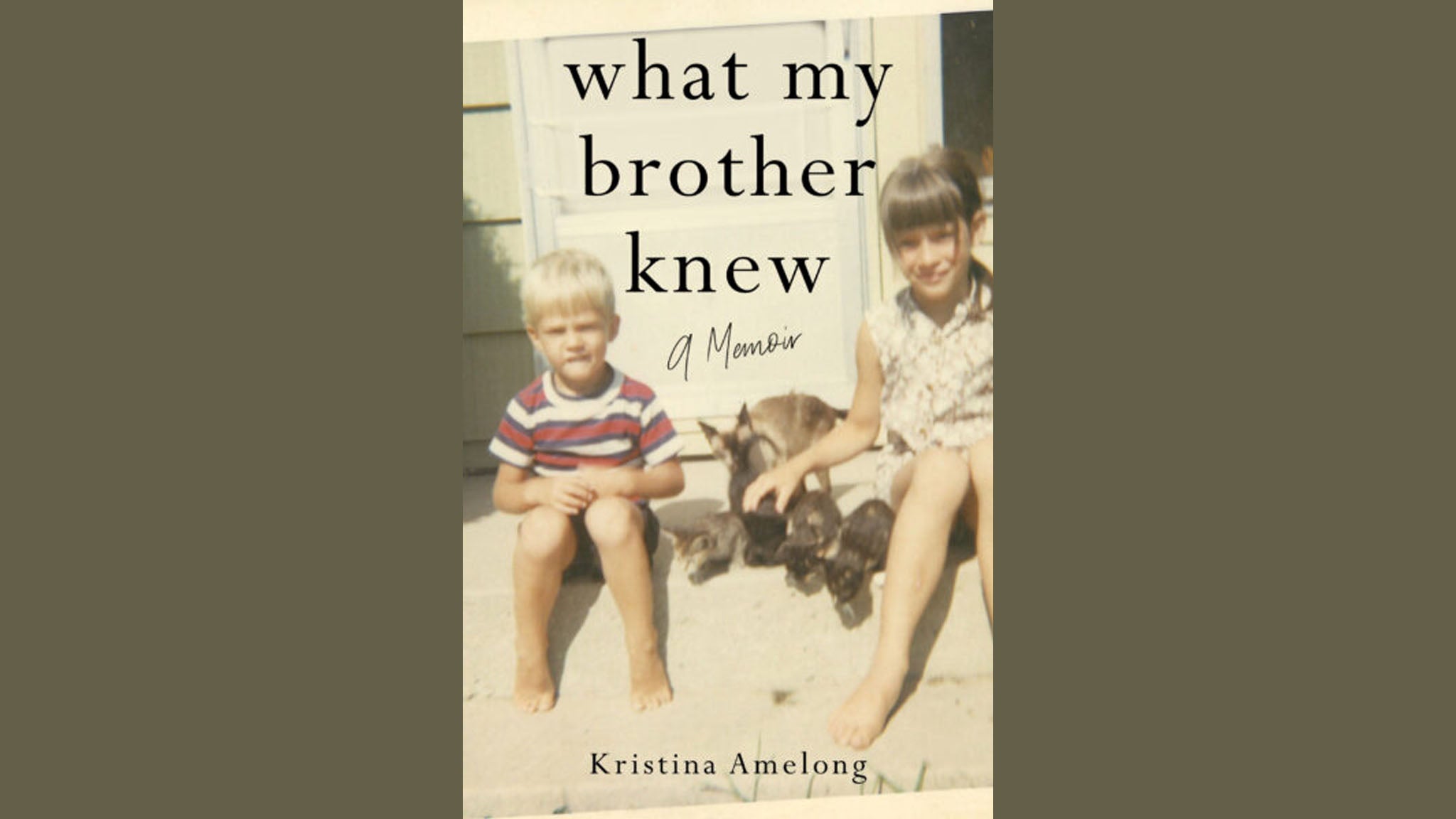At age 99, Judy Karofsky’s mother was kicked out of her Wisconsin assisted living facility.
Within 48 hours of that decision, Karofsky became her mother’s default nurse.
“I had to find a wheelchair for her. I had to keep track of her meds. I had to buy all the bandages and supplies that she would [need],” Karofsky told WPR’s “Wisconsin Today.”
News with a little more humanity
WPR’s “Wisconsin Today” newsletter keeps you connected to the state you love without feeling overwhelmed. No paywall. No agenda. No corporate filter.
Karofsky is the author of “DisElderly Conduct: The Flawed Business of Assisted Living and Hospice.” In it, she chronicles nightmare scenarios as her mother aged and died in the American healthcare system: making her way through independent living, six different assisted living facilities, memory care, skilled nursing and hospice.
What happened to Karofksy’s mother is not supposed to happen. Patients deemed eligible for hospice — which means that a doctor has verified they are likely to die within six months — are fully covered by Medicare. If a patient doesn’t die within six months, they need another doctor verification that they still require hospice and should qualify. That didn’t happen for Karofsky’s mom.
“My mother was not suffering from either heart disease or diabetes or cancer. My mother had a more lingering situation. Aging was actually what my mother was dying from. So when she was 99 and a half, they said she’d been on hospice for too long,” Karofsky said.
In “DisElderly Conduct,” Karofsky primarily focuses on assisted living, since that’s where her mother spent the most time. Assisted living, which was invented by a gerontologist in the 1980s, is intended for older adults who do not need 24/7 medical care, but do need some support. It’s intended to give residents more freedom.
But the assisted living industry is not federally regulated, unlike hospice and nursing homes.
“Over and over, I will say, there’s no regulations, there’s no oversight. There are barely state regulations, and those vary from state to state,” Karofsky said.
Though federal regulations may not be a panacea — hospices are rife with fraud and abuse — Karofsky argues that lack of oversight exacerbates existing problems in eldercare, like perpetual staffing shortages, inadequate care, neglect and astronomical costs.
During her time in assisted living, Karofsky said her mother experienced physical and sexual abuse. On the evening she died, Karofsky found out her mother had no morphine prescription, a standard hospice medication, because of something that had been mistakenly written on her chart.
At one point, Karofsky received an unexpected phone call informing her that her mother had died. She received another call five minutes later from the hospice nurse, informing her they’d confused Karofsky’s mother with another patient.
“I knew that [I was] doing the best I could in a community like this one, Dane County, Madison, Wisconsin, [with] liberal caregiving. [But] my mother was not receiving the kind of care that she deserved, which meant that others next to her, with her, in the same room with her, were not receiving the care that they deserved,” Karofsky said.
Karofsky’s experience with her mother has made her rethink what she wants her life to look like as she grows older and needs more support. She’s moved to a one-story home and hopes to have an at-home caregiver in the future.
“That’s everybody’s dream,” she said.
Editor’s note: This story has been updated to correct when Karofsky learned about her mother not having a morphine prescription and to note that she did not go to the hospital after being mistakenly told her mother died. Karofsky’s mother was kicked out of an assisted living facility, not a hospice facility.

